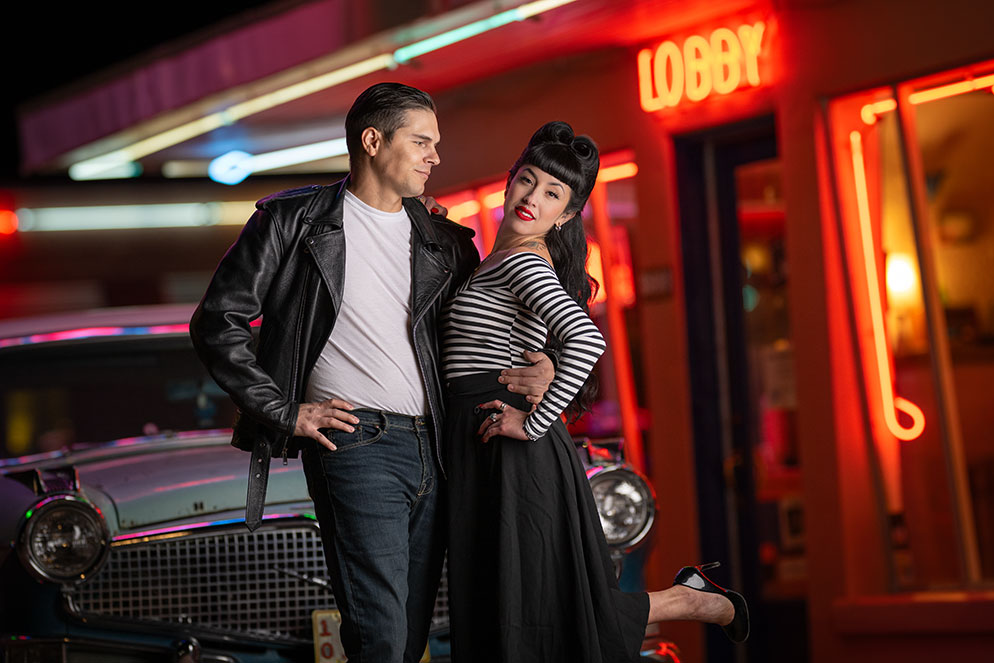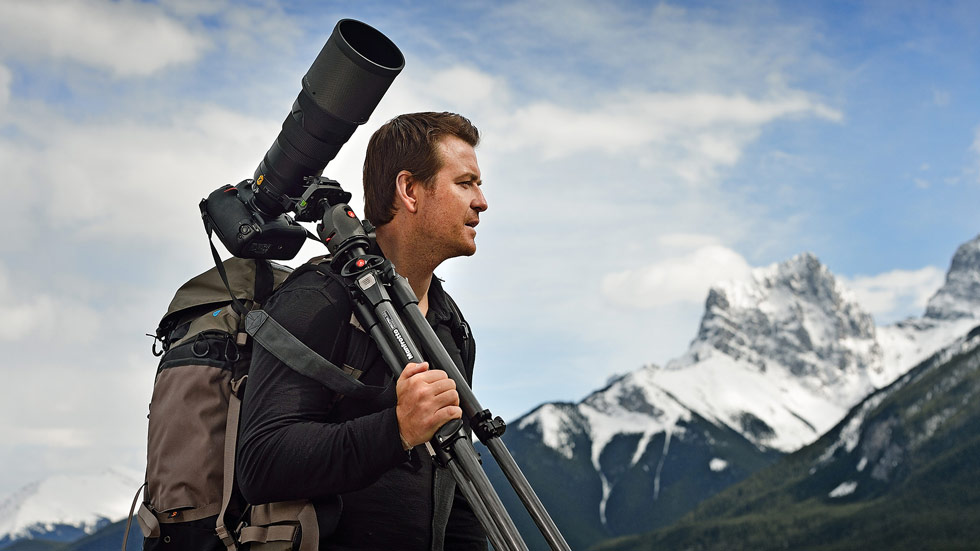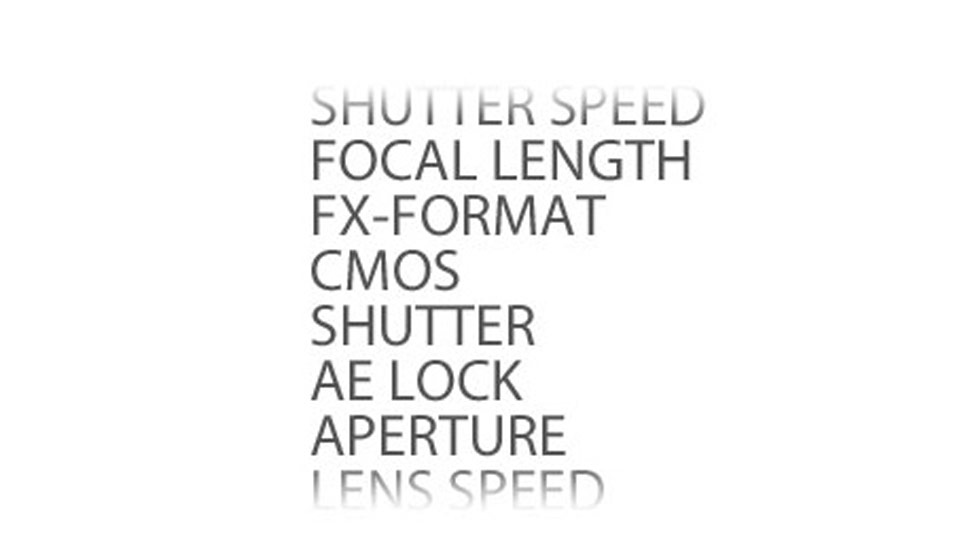Creating an iconic portrait with the NIKKOR Z 135mm f/1.8 S Plena Lens
Z 9, NIKKOR Z 135mm f/1.8 S Plena lens, 1/160 second, f/1.8, ISO 200, manual exposure, Matrix metering.
Many years ago, I had an assignment to shoot a story documenting Route 66. At the time I knew very little about this historic highway and wasn’t sure what I’d find. I really wasn’t into old cars or vintage Americana at the time. That all changed when I drove into Tucumcari, New Mexico one balmy summer night. Colorful neon signs, 1950s gas stations and diners lined main street. My motel, the Blue Swallow, was the gem of the town. The Blue Swallow had meticulously restored all their turquoise and pink neon, and Frank Sinatra was playing on the sound system when I drove up. I’d been transported back in time.
Known as the ‘Mother Road’, Route 66 was formed in 1926 and created one of the first highways in America. It combined new and existing roads and covered 2,448 miles, starting in Chicago, IL and ending in Santa Monica, CA. In 1956 the interstate highway system was created, signaling the decline of Route 66. Today old sections of the highway can still be found, and many towns have restored original buildings and neon signs along historic Route 66.
Enter the Plena
When Nikon introduced the NIKKOR Z 135mm f/1.8 S Plena, I was ecstatic. This is a focal length and aperture I love for my portrait work. More than just sharp and fast, this lens had an organic quality that was hard to quantify on paper. The Plena has ‘a look’, and the images appeare cinematic and spectacular. The bokeh is the best I’ve seen on a portrait lens. I knew I had to put the Plena’s unique qualities to the test, and the Blue Swallow Motel on Route 66 quickly came to mind.
More than just sharp and fast, this lens had an organic quality that was hard to quantify on paper.
Setting up the shoot
After a few calls to the motel’s owners to set up models and logistics, I had my shoot ready to go. I’d be staying at the Blue Swallow during a photo workshop I was teaching, and we could set time aside for the special shoot. Our models, RJ and Anna, would come in rockabilly clothes, a perfect match for the colorful neon and classic ’55 Hudson automobile in front of the motel. With the Plena’s amazing ability to create soft, smooth bokeh, I wanted to include a lot of neon in the background.
I needed something very soft to light the large scene. I decided to use a large strobe, shot through a six-foot Octabox [softbox]. Initially I thought I’d have the models standing under the classic Blue Swallow arch in front of the hotel. But I wanted more neon directly behind the models, so we repositioned them in front of the vintage car with orange and blue neon flooding the background.
I photographed the entire shoot at f/1.8. I couldn’t believe how sharp the lens was wide open, and I wanted to blur the background as much as possible. Shooting at f/1.8 also allowed me to shoot at a fast shutter speed and lower ISO in low light. The models worked great with each other, and at one point Anna kicked up her heel and tilted her head back looking at the camera.
I quickly hit the shutter button, and I knew I had my shot. Vintage Americana, rockabilly models, classic cars and neon…we had stepped back in time. And the scene was captured with a modern marvel, the NIKKOR Z 135mm f/1.8 S Plena lens.




